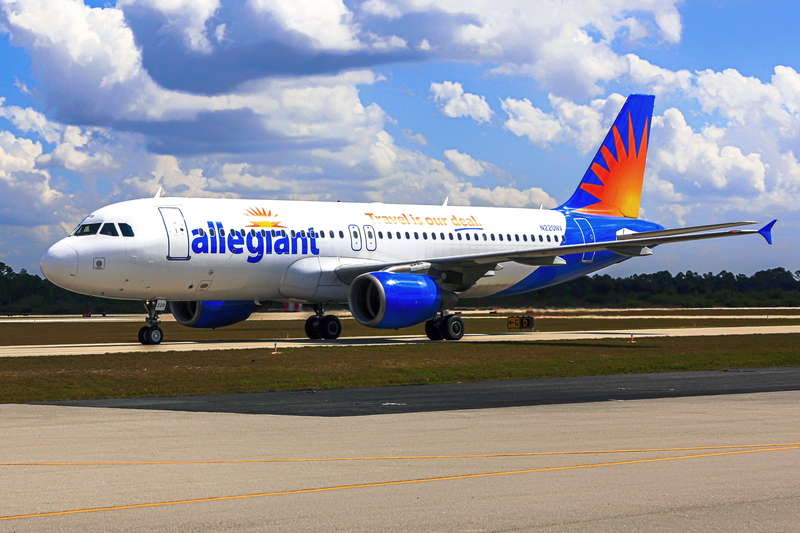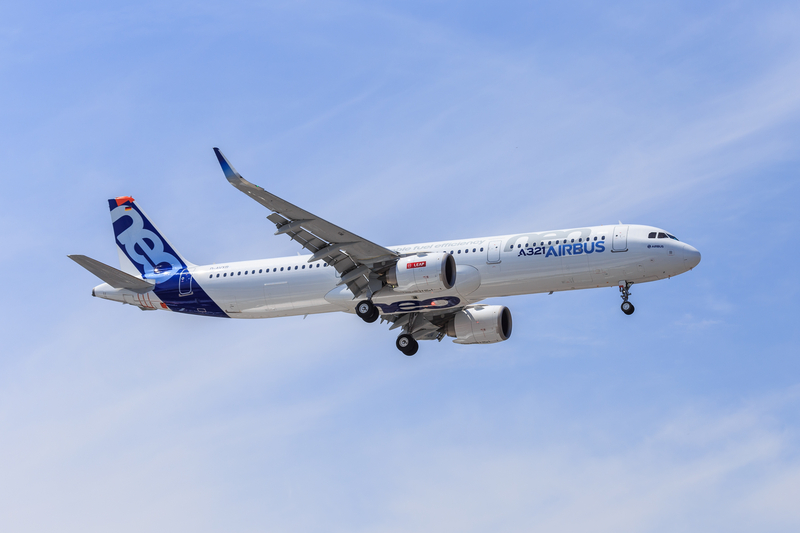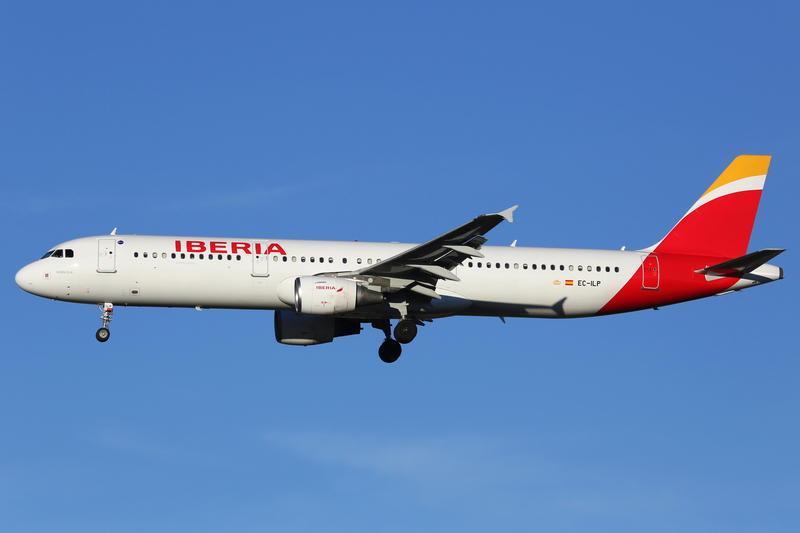Allegiant’s 30-Route Sprint to Summer 2026 Collides With Pilot Pickets
Allegiant Air is adding 30 nonstop routes across 35 U.S. cities ahead of Summer 2026—just as its pilots mount coordinated informational pickets at all 22 crew bases to press for a new contract. The moves underscore a carrier doubling down on its core leisure model after unwinding a costly non-airline venture and exiting high-expense hubs.
Four New Airports, Dozens of Leisure Links
The expansion brings Allegiant into four new markets—Columbia, Missouri; Trenton, New Jersey; Philadelphia, Pennsylvania; and La Crosse, Wisconsin—while thickening service to beaches, theme-parks, and sun belts that define the airline’s network. Early highlights include Trenton’s first flights to Florida’s east and west coasts; Columbia gaining nonstop links to Orlando Sanford and Destin–Fort Walton Beach; La Crosse connecting to Phoenix Mesa and Orlando Sanford; and Philadelphia picking up service to Des Moines, Grand Rapids, and Knoxville.
On the West Coast, Allegiant’s pivot from Los Angeles International to lower-cost airports is in full view. Hollywood Burbank gets new service to Des Moines and Indianapolis, while Orange County (John Wayne) adds Appleton, Cincinnati, Grand Rapids, and Phoenix Mesa on top of a growing slate of routes. Elsewhere, Gulf Shores continues its rapid rise as a beach gateway as Allegiant adds Huntsville, Louisville, Oklahoma City, Omaha, and Springfield/Branson—cementing the carrier as the sole operator there. Additional seasonal pieces include Columbus–Key West, Denver–Destin, Bloomington–Phoenix Mesa, Fort Lauderdale–Albany/Rockford/Rochester, Myrtle Beach–Dayton/Elmira, and more, with first waves rolling out in February and the balance timed for late spring.
Strategy Reset: Back to the Airline Business
The growth comes after a rocky stretch. Allegiant rebounded strongly post-pandemic, but a foray into the Sunseeker resort weighed on results; the company has now divested and is refocusing on its core operation. It also made the hard call to quit LAX in January 2026, citing costs, and re-center Los Angeles flying at Burbank and Orange County where fees are lower and turnarounds are simpler. The 30-route push fits Allegiant’s playbook: fly less-contested, high-leisure city pairs a few times per week with low unit costs and high ancillaries.
Labor Backdrop: Pickets, Not a Strike
Against this backdrop, Allegiant’s pilots—working under a contract they say is five years out of date—are staging informational pickets to spotlight stalled, federally mediated talks. They argue pay trails peers by as much as 30% and want improvements in scheduling and quality-of-life rules. Because negotiations are under the Railway Labor Act, pilots cannot strike unless mediation is formally released and a cooling-off period expires. Allegiant says operations are unaffected, and no flight disruptions are expected from the picketing.
What Travelers Can Expect
For customers, the near-term impact is more point-to-point options into popular leisure spots, many of them exclusive to Allegiant, and timed for weekend getaways or week-long breaks. As always with ultra-low-cost models, headline fares are only part of the picture—bags, seats, and flexibility price in separately—yet the new menu of nonstop choices reduces connections and travel time for dozens of city pairs.
Bottom Line
With Trenton’s flights starting in February and a broad summer ramp to follow, Allegiant is clearly betting that secondary airports and beach markets will stay resilient into 2026. The airline’s shift away from LAX, the intensifying build-out at Burbank and Orange County, and its deepening presence at Gulf Shores and Florida’s panhandle suggest more of the same: disciplined, leisure-first growth—managed, for now, alongside a very public labor campaign.




